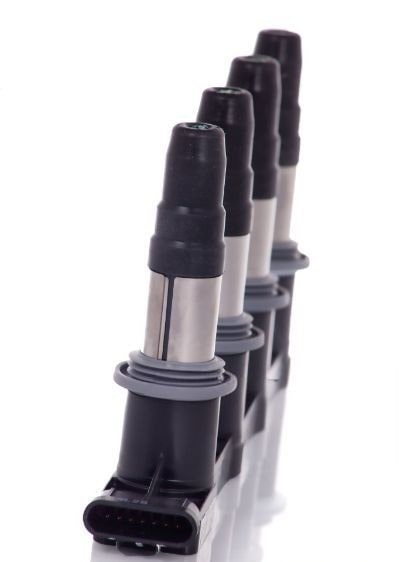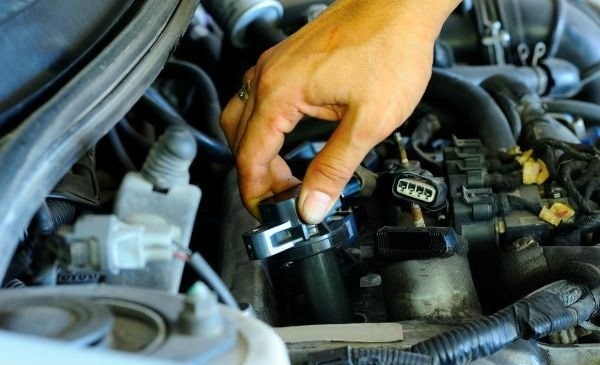Wondering how ignition coils work—or why your car is misfiring? This guide explains symptoms, testing, and replacement tips to keep your engine smooth.
Table of Contents
What Exactly Does an Ignition Coil Do?
If your car were a campfire, the ignition coil would be the match. It takes your battery’s weak 12-volt current and transforms it into a 50,000-volt jolt—enough to ignite fuel in the engine.
Older cars used a single coil for all cylinders, but modern engines typically have one coil per spark plug (called "coil-on-plug" designs). When one fails, you’ll notice it fast.

How Ignition Coils Work: A Simple Breakdown
Here’s the science without the jargon:
-
Your battery sends low-voltage power to the coil.
-
The coil’s primary winding builds a magnetic field.
-
When the engine’s computer says "GO," the circuit snaps open—releasing a high-voltage surge.
-
That energy races to the spark plug, creating a mini lightning bolt to combust fuel.
Fun fact: A failing coil might still spark, but weakly. That’s why symptoms can be sneaky at first.
Top Signs Your Ignition Coil Is Failing
1. Your Engine Feels Like It’s Limping (Misfires)
A bad coil causes random skips in combustion. You’ll feel jerking, especially when accelerating.
2. The Check Engine Light Blinks (Seriously, Don’t Ignore This)
A flashing CEL often means active misfires—which can kill your catalytic converter if ignored.
3. Your Gas Mileage Tanks
Weak sparks mean unburned fuel gets wasted. If your MPG drops suddenly, check the coils.
4. Rough Idling or Stalling
At stoplights, does your car shudder like it’s cold? A dying coil might be the culprit.
5. Hard Starts or Random Shutdowns
No spark = no ignition. If your car cranks but won’t fire, a dead coil could be why.

How to Test a Faulty Ignition Coil (3 Methods)
Option 1: Use an OBD2 Scanner
Cheap Bluetooth scanners (like this one from Amazon) can read misfire codes (P0300–P0304).
Option 2: Swap Coils Between Cylinders
Move a suspect coil to another cylinder. If the misfire follows it, you’ve found the bad one.
Option 3: Multimeter Test
-
Primary resistance: 0.4–2 ohms (check your manual).
-
Secondary resistance: 6,000–15,000 ohms.
Pro tip: Coils can fail intermittently when hot. Test after a drive if symptoms are elusive.
Step-by-Step Ignition Coil Replacement
What You’ll Need:
-
A new ignition coil (match your engine’s specs—find yours here)
-
10mm socket (usually)
-
Dielectric grease (prevents corrosion)
The Process:
-
Disconnect the battery (safety first!).
-
Unplug the coil’s electrical connector (press the clip gently).
-
Remove the bolt holding the coil in place.
-
Wiggle the coil out—some need a firm twist.
-
Smear dielectric grease on the new coil’s boot.
-
Reinstall in reverse order.
Watch out: Overtightening bolts can crack the coil! Hand-tight plus a quarter-turn is enough.
FAQs: Cost, Lifespan, and DIY Tips
"How long do ignition coils last?"
Most 80,000–100,000 miles, but heat and vibration shorten life.
"Can I replace just one coil?"
Yes, but if others are old, preventive replacement saves future labor costs.
"Will a bad coil damage my engine?"
Unburned fuel can clog the catalytic converter ($1,000+ repair). Don’t delay fixes.
Final Thoughts
Ignition coils are silent workhorses—until they fail. Catching problems early saves money and keeps your ride smooth.
Need a reliable replacement? Browse high-quality options at SparesFlex


